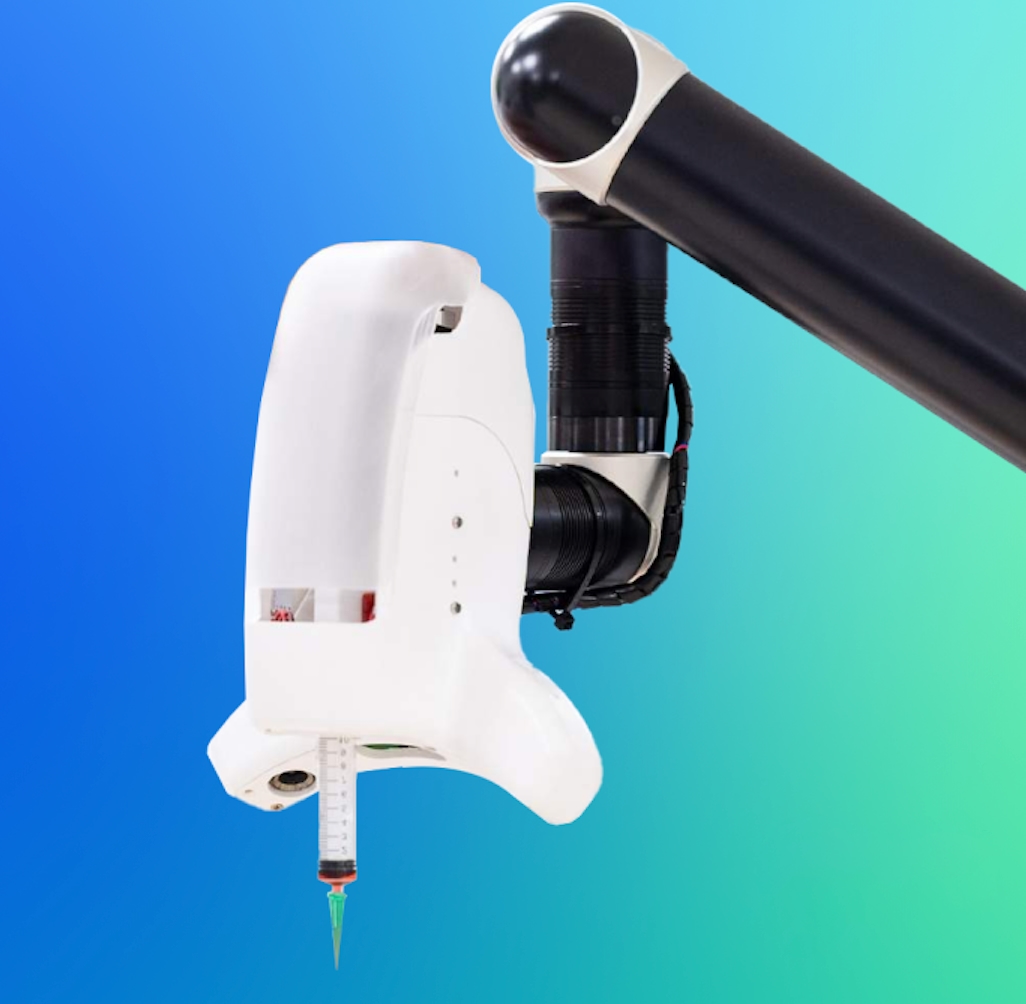Catalog
Metrology
525 products
View:
- Selected: 0Areas of use
- Selected: 0Item names
- Selected: 0Manufacturer
- Selected: 0Made in
- Selected: 0Additional
View:
525 products
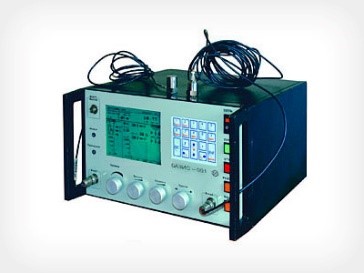
Vibration automatic monitoring and tracking equipment "Basis-001"
The equipment "Basis-001" is designed to measure vibration parameters, set and automatically maintain vibration parameters, control the vibration spectrum and determine resonant frequencies as part of vibration electrodynamic test units of the VEDS series (VEDS-100M; 200M; 400M; 1500M) and similar
VIBROPRIBOR
Yaroslavl
Produced in: Yaroslavl
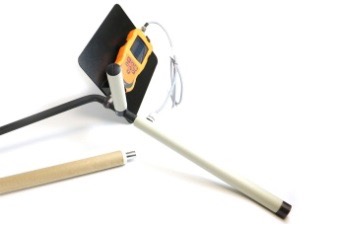
Wireless set for measuring the temperature of ferrous metal melts with logging function
from
95 600 ₽
The kit is designed to measure the temperature of ferrous metal melts.
It consists of a digital contact thermometer TK-5.27 complete with a submersible high-temperature probe, designed to measure the temperature of metal melts in the range of +600 ° C ... +1800 ° C. The digital contact thermometer TK-5.27 is equipped with the function of recording measurements in the device's memory, followed by transferring data to a computer and providing reports in the form of tables and graphs. To measure the temperatures of metal melts, disposable thermocouples of the PPR (B) type with a protective tube length of no more than 900 mm are used.
The kit is adapted to the replacement blocks of EVRAZTEMP ET-V-09-00.
•
TEKHNO-AS
Kolomna
Produced in: Moscow
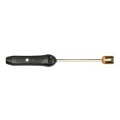
High-precision cmart surface probe L =500 mm SZPWT.500P with built-in flash memory
from
14 580 ₽
High-precision cmart surface probe L =500 mm SZPWT.500P with built-in flash memory is designed to measure the temperature of various materials by direct contact of the probe with the measuring object and transmitting the measured value via Bluetooth to devices with the ThermoMonitor, Android program installed.
Operating conditions of the SZPVT smart probe.500P
Ambient temperature, °C: -20...+55.
Relative humidity, %: not more than 80 at T=35 °C.
Atmospheric pressure, kPa: 86...106.
Functionality of the SZPVT smart probe.500P
Measurement of physical quantities with a resolution of 0.01.
Recording of measured values at intervals from 5 seconds to 23 hours 59 minutes 59 seconds (only smart probes with built-in memory).
Transmitting data about measured physical quantities via Bluetooth to a device with the ThermoMonitor, Android program installed.
Transmitting information about the state of charge of the built-in battery via Bluetooth to a device with the ThermoMonitor, Android program installed.
Automatic transition to sleep mode after 50 seconds.
The ability to connect an external power supply.
Possibility of calibration.
TEKHNO-AS
Kolomna
Produced in: Kolomna, Moscow region
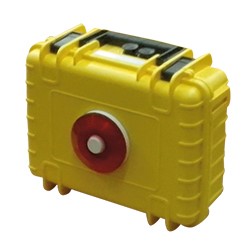
BR ASKRO "Penguin": A fast-deployable radiation monitoring system
The fast-deployable radiation monitoring system (BR ASKRO) is intended for the operational creation of a local autonomous automated network of portable radiation monitoring posts in places where radiation emergencies occur. The main purpose of the system being created is continuous radiation monitoring, on areas up to 1 km2, when performing work to localize accidents and eliminate their consequences to ensure the safe operation of personnel of emergency rescue units, as well as to monitor the effectiveness of the work performed.
Doza
Zelenograd
Produced in: Moscow
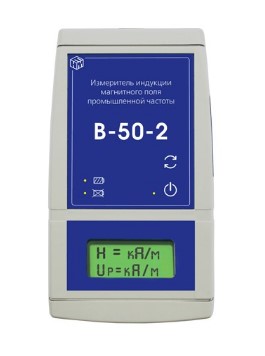
V-50-2 Industrial Frequency Magnetic Field Meter
from
77 500 ₽
It is designed to determine the induction module of the industrial frequency magnetic field created by magnetic systems and electrical devices for various purposes, power lines, power supply systems, transport and other sources.
NMT-ZASHCHITA
Moscow
Produced in: Moscow
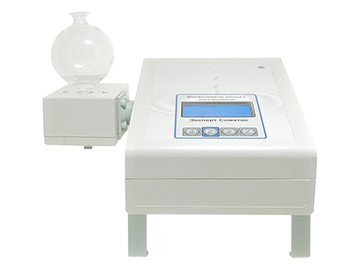
Electronic milk viscometer "Expert Somatos - 01"
from
69 000 ₽
1 supp.
Electronic milk viscometer (analyzer of the number of somatic cells in milk) Expert Somatos is a novelty of 2020! Modern, designed taking into account all the wishes of our customers over the past 12 years! The most accurate and most reliable! It fully complies with GOST 23453-2014 (Raw milk. Methods for the determination of somatic cells. Section 6: Method for determining the number of somatic cells using a viscometer) as amended on 01.01.2016, including the length and diameter of the capillary!
The analyzer is included in the state register of the Russian Federation as a measuring instrument!
Exclusive benefits:
• version with one or two flasks, which allows up to 60 measurements per hour
• optionally equipped with an integrated or external printer
• thanks to the new verification method developed from scratch, it can be trusted in any standardization and metrology center
As a rule, it is used:
• Dairy farms — for the timely prevention and treatment of mastitis in cows, which ensures stable supplies of high-grade milk (accordingly increases the cost of products).
• Veterinary laboratories, SBBS, points for receiving farm milk from the population to determine the grade and calculate the cost of raw milk.
• In the laboratories of milk processing enterprises to control incoming raw milk.
LABORATORIKA
Krasnoobsk
Produced in: Novosibirsk region
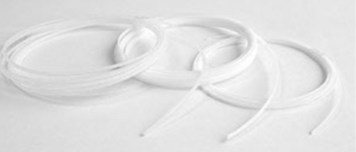
VD-7.2×3.4
A flexible waveguide is a piece of high-quality dielectric, which ends with transitions to standard waveguides with flanges.
For ease of operation, the waveguide is protected by an elastic shell.
Basic properties
Manufacturability of the connection;
Small losses and VSWR;
Economy.
Operating conditions
Operating temperature range from 5 to 50 ° C;
The relative humidity of the air is up to 98% at a temperature of 25 ° C.
Technical specifications
Waveguide cross section, mm 7.2×3.4
Flange type according to GOST RV 51914-2002
Frequency range, GHz 25.95-37.50
VSWR 1.25
Losses, dB 2.0
Length, mm* 500
TEKHNOYAKS
Moscow
Produced in: Moscow
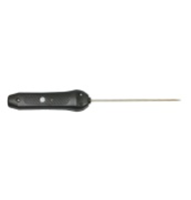
Smart submersible probe L=300 mm SZPG.300
from
11 454 ₽
The smart submersible probe L=300 mm SZPG.300 is designed to measure the temperature of various materials by direct contact of the probe with the measuring object and transmitting the measured value via Bluetooth to devices with the ThermoMonitor, Android program installed.
Operating conditions of the SZPG.300 smart probe
Ambient temperature, °C: -20...+55.
Relative humidity, %: not more than 80 at T=35 °C.
Atmospheric pressure, kPa: 86...106.
Functionality of the SZPG.300 smart probe
Measurement of physical quantities with a resolution of 0.01.
Recording of measured values at intervals from 5 seconds to 23 hours 59 minutes 59 seconds (only smart probes with built-in memory).
Transmitting data about measured physical quantities via Bluetooth to a device with the ThermoMonitor, Android program installed.
Transmitting information about the state of charge of the built-in battery via Bluetooth to a device with the ThermoMonitor, Android program installed.
Automatic transition to sleep mode after 50 seconds.
The ability to connect an external power supply.
Possibility of calibration.
TEKHNO-AS
Kolomna
Produced in: Kolomna, Moscow region
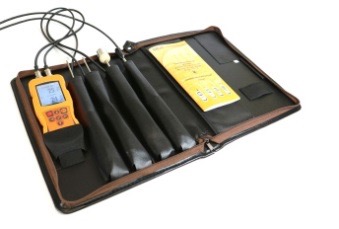
"Home officer" Plus Kit
from
61 620 ₽
Designed for:
– measurement and registration of air temperature, temperature of hot water supply, surface of heating devices;
– measurement and registration of relative humidity;
– saving data to a memory card with subsequent transfer to a PC for generating reports;
– measurement accuracy from ± 0.2 ° C.
TEKHNO-AS
Kolomna
Produced in: Moscow
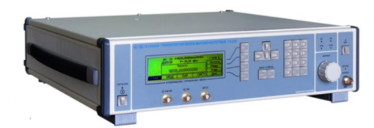
High-frequency signal generator G4-230
The generator is capable of operating both autonomously and as part of automated measuring systems with USB and IEEE-488 (CPC) interfaces.
Technical specifications
Frequency range from 5 to 17.85 GHz
Frequency tuning discreteness 0.001 Hz
The main error of the frequency setting is ± 3x10-7 Hz
The range of setting the output signal power level at the main output is from minus 110 to 13 dBm
The basic error of setting the reference power level is ± 1.0 dB
Instability of the output signal power level for any 15-minute time interval of no more than 0.1 dB
Metrological characteristics of the generator in the FM operation mode:
- frequency range of the modulating signal:
low frequency from 1 Hz to 20 kHz
RFM from 10 to 100 kHz
- frequency deviation setting range (taking into account the carrier frequency value):
low frequency from 1 Hz to 100 kHz
RFM from 50 to 10000 kHz
- the main error of the frequency deviation setting is ± (3 – 18)%
Metrological characteristics of the generator in AM operation mode:
- frequency range of the modulating signal from 0.05 to 5.0 kHz
- the range of setting the amplitude modulation coefficient from 1 to 50 %
- the main error in setting the amplitude modulation coefficient:
Internal ± (0.15M + 0.2)%
External ± (0.20M + 0.5)%
Metrological characteristics of the generator in the IM operation mode:
- the duration range of modulating pulses from 100 ns to 20 s
- the range of the modulating pulse repetition period from 140 ns to 30 s
- the difference in the duration of the output RF pulses from the duration of the modulating pulses ± 100 ns
Operating temperature range from minus 10 to 40 °C
AC power supply 220 V, 50 Hz
Power consumption, no more than 150 VA
Overall dimensions, mm 498x136x487
Weight, not more than 15 kg
TEKHNOYAKS
Moscow
Produced in: Moscow

Smart submersible probe L=150 mm SZPG.150P with built-in flash memory
from
9 960 ₽
The smart submersible probe L=150 mm SZPG.150P with built-in flash memory is designed to measure the temperature of various materials by direct contact of the probe with the measuring object and transmitting the measured value via Bluetooth to devices with the ThermoMonitor, Android program installed.
Operating conditions of the SZPG.150P smart probe
Ambient temperature, °C: -20...+55.
Relative humidity, %: not more than 80 at T=35 °C.
Atmospheric pressure, kPa: 86...106.
Functionality of the SZPG.150P smart probe
Measurement of physical quantities with a resolution of 0.01.
Recording of measured values at intervals from 5 seconds to 23 hours 59 minutes 59 seconds (only smart probes with built-in memory).
Transmission of data about measured physical quantities via Bluetooth to a device with the ThermoMonitor, Android program installed.
Transmitting information about the state of charge of the built-in battery via Bluetooth to a device with the ThermoMonitor, Android program installed.
Automatic transition to sleep mode after 50 seconds.
The ability to connect external power.
Possibility of calibration.
TEKHNO-AS
Kolomna
Produced in: Kolomna, Moscow region
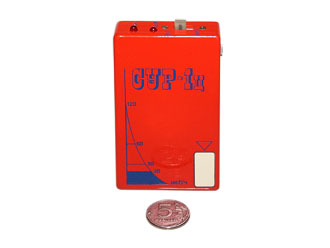
Dosimeter SUR-1TS
The possibility of a qualitative assessment of the current radiation situation - continuously and under any conditions. You can put the device in your pocket, purse, etc. and forget about it. If you get into the zone of radioactive exposure, the alarm will immediately remind you of yourself and let you know about the danger with light and sound signals;
The presence of light and sound alarms about the emergency level of radiation hazard;
Durable body is made of cast duralumin;
Protected by the copyright certificate, the original power supply circuit, which provides low current consumption, allows you to keep the device constantly on and instantly determine whether it enters the zone of radioactive danger;
The possibility to operate the device without replacing the battery for a year or more.
NPP "ELEKTRONNYE PRIBORY"
Naberezhnye Chelny
Produced in: Tatarstan, Naberezhnye Chelny
